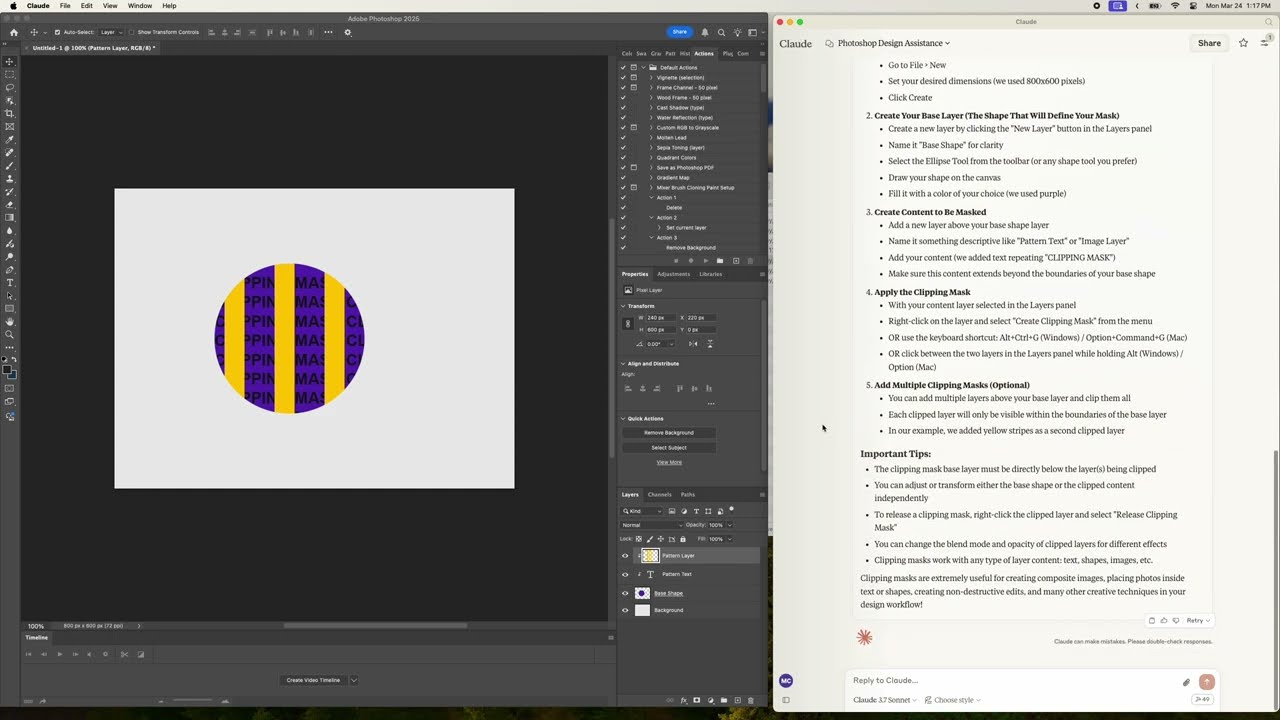Exploring Photoshop AI for Fully Automated Image Editing and Enhanced Creative Workflow Control

Photoshop Transforms with Built-In AI for Fully Automated Creative Control
Recent advancements have ushered in a new era for one of the most iconic image editing platforms by integrating a sophisticated artificial intelligence system capable of entirely automating photo manipulation tasks. This AI-driven enhancement offers comprehensive command over every facet of image editing, from generating original visuals to performing intricate photo retouching and polishing, all without manual intervention.
The embedded intelligent system orchestrates the full suite of editing features with remarkable precision. It expertly removes unwanted backgrounds, fine-tunes color balances, rearranges layers, and undertakes complex project refinements that traditionally require substantial user input. Additionally, it seamlessly transposes documents between languages, adapting and correcting layouts to maintain visual coherence, thus making cross-lingual creative projects more accessible.
Beyond mere editing, this technology enriches scenes by inserting new objects and meticulously adjusting lighting and shadows to achieve an authentic integration. One significant advancement lies in its ability to intelligently identify and label each layer based on its unique content, enhancing workflow efficiency by providing automatic organization and intuitive navigation of complex composite files.
Revolutionizing Image Creation and Editing Workflow
The integration of this AI into a flagship creative tool marks a pivotal milestone in digital artistry workflows. Rather than serving merely as a helper, the intelligent agent assumes a proactive role, executing a broad array of functions autonomously. It generates novel images based on creative prompts or project requirements, allowing artists and designers to rapidly prototype concepts or complete entire projects with minimal hands-on effort.
Such automation transcends routine editing chores and advances into creative collaboration, where the AI acts much like a skilled assistant that anticipates user needs and executes commands with contextual awareness. By managing tasks like background removal or color correction instantly, it liberates users to focus more deeply on conceptual development and aesthetic choices rather than technical minutiae.
Moreover, this embedded system enhances multilingual project capabilities by translating document content while preserving formatting integrity. This greatly benefits global teams working across languages, enabling seamless adaptation without sacrificing design fidelity or requiring significant manual adjustments.
Intelligent Scene Composition and Streamlined Project Management
One standout feature enables sophisticated scene augmentation. The AI adds elements contextually and fine-tunes environmental factors such as lighting angles and shadow softness to ensure visual harmony. This intelligent manipulation is instrumental for digital artists aiming to craft highly realistic or imaginative composites quickly and consistently.
Another innovation that significantly optimizes creatives' organizational tasks is the automatic naming and categorization of all layers. Traditionally, managing numerous layers with generic or inconsistent labels has been a common source of project complexity and error. Automating this process based on actual layer content not only reduces cognitive load but also accelerates navigation through elaborate compositions, elevating productivity and precision.
This comprehensive automation is made accessible through cloud-based deployment and readily adoptable by users. The implications extend to professionals across photography, graphic design, advertising, and multimedia production, as it enables them to complete tasks faster while maintaining or exceeding quality standards previously achievable only through intensive manual labor.
Implications for the Future of Creative Technology
This seamless fusion of advanced artificial intelligence with a domain-leading graphical editing application represents a transformative leap for creative industries. It suggests a future where intricate and repetitive workflows could become fully delegated to intelligent systems, reshaping how visual content is produced, refined, and localized. The embedded system exemplifies the convergence of creativity and automation, opening avenues for unprecedented efficiency and artistic exploration.
As digital artistry grows ever more complex and demands for faster turnaround times intensify, this innovation serves as a strategic enabler. It empowers users with tools that anticipate and execute multifaceted editing processes, effectively democratizing high-end creative capabilities. Early adopters stand to benefit from accelerated project delivery and refined output, setting new industry benchmarks for productivity.
In summary, the integration of this intelligent agent marks a significant step toward comprehensive, autonomous image editing within a leading platform. By managing generation, enhancement, translation, compositing, and organization under one intelligent roof, it reinvents the editing paradigm, promising to reshape creative workflows globally.
